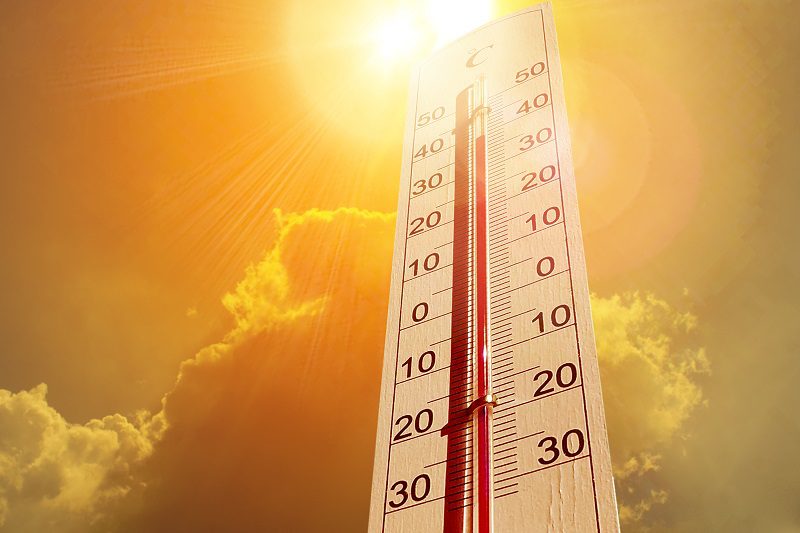OSFI calls for detailed reporting of insurers’ climate risks

Canada’s solvency regulator has published its draft Climate Risk Returns for federally regulated P&C insurance companies, proposing in detail how insurers should be calculating any real and potential climate risks on their books.
The forms were created in partnership between the Office of the Superintendent of Financial Institutions (OSFI), the Bank of Canada, and the Canada Deposit Insurance Corporation. The industry consultation period runs until Sept. 30, 2023.
“Upon finalization, the returns will collect climate-related emissions and exposure data directly from FRFIs [federally regulated financial institutions], which will enable OSFI to carry out evidence-based policy development, regulation, and prudential supervision as it pertains to climate risk management,” OSFI wrote in a cover letter to industry stakeholders.
OSFI published its draft Climate Risk Returns less than a month before the world recorded its highest average global temperature in 44 years (17.18 C). Referring to the soaring global temperatures this week, UN secretary general Antonio Guterres commented that “climate change is out of control.”
OSFI is requiring property and casualty insurers to quantify their own potential and realized physical risk exposures related to climate change. The regulator also wants insurers to quantify any climate change risks associated with investments they may hold.
Related: How the P&C industry can step up after the UN’s latest climate change warning
Regarding physical risk exposures, OSFI wants insurers to calculate the impact of their own operations on the climate.
For example, insurers would be required to measure the volume of greenhouse gas (GHG) emissions expressed in tonnes of carbon dioxide-equivalent (CO2-e). The regulator requires a measurement of the insurer’s ‘absolute emissions,’ referring to generated emissions and not numbers related to emissions avoided or removed.
The proposed Climate Risk Returns call for insurers to measure their own emissions according to three ‘scopes.’
Scope 1 measures direct emissions from sources owned or controlled by the FRFI — i.e., greenhouse gas emissions from combustion in insurer-owned or controlled boilers, furnaces, vehicles, etc.
Scope 2 measures indirect greenhouse gas emissions from purchased or acquired electricity, steam, heating or cooling units, etc., consumed by the FRFI.
Scope 3 measures indirect greenhouse gas emissions occurring in the value chain of the reporting company.
For example, there could be ‘upstream’ emissions from the insurer’s purchased goods and services, transportation and distribution, waste disposal, business travel, or employee commuting. ‘Downstream’ emissions may occur from processing and use of sold products, franchisors, and emissions from an insurer’s investees or borrowers.
The Climate Risk Returns also require insurers to quantify the climate change risks they are underwriting. The forms identify three perils specifically – wildfire, water and convective wind – with a fourth, catch-all category for any other climate-related risks that don’t fall under the first three perils.
In addition, OSFI is looking for insurers to report all claims paid due to physical damage caused by climate change-related perils. It also wants insurers to calculate the Probable Maximum Loss that could result from each of the climate-related perils it underwrites, including any indirect effects of supply chain disruption.
OSFI is also interested in the greenhouse gas emission estimates related to the insurers’ investments and their insured clients – or what the regulator refers to as the ‘Transition Risk Return.’
“This return collects GHG absolute emissions assigned on investments and other balance sheet assets and entity-wide (unassigned) from FRFIs,” OSFI noted in its instructions for filling out the returns.
“It also collects insurance-associated GHG emissions to assess the emissions footprint enabled by FRFIs’ underwritten insurance businesses.”
Feature image courtesy of iStock.com/SUNG YOON JO



